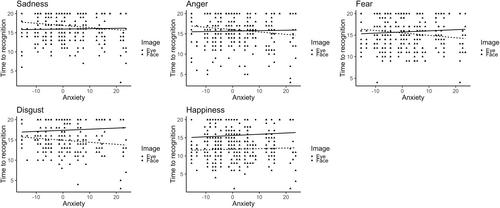Anxiety as a differentiating variable in emotional recognition in juvenile offenders with high callous-unemotional traits
Abstract
Background
The presence of so-called callous-unemotional (CU) traits—lack of remorse/empathy, callous use of others and shallow/deficient affect—defines an important subgroup of children and adolescents with more severe and stable antisocial behaviours over time and may be a precursor to so-called psychopathy in adults. There are two main hypotheses to account for such traits, one emphasising deficits in recognition of specific emotions—the distress specific—and the other in aspects of facial recognition—the attention to the eyes hypothesis, but it may be that the manifestation of deficits is affected by the person's own emotional state.
Aims
To test the effect of anxiety scores on emotion recognition among young people high scoring for CU traits.
Methods
14- to 21-year-olds serving sentences in youth justice institutions across Spain were invited to participate. Only those scoring above the cut-off on the Kimonis Inventory of Callous and Unemotional Traits were included. Anxiety was measured using the State-Trait Anxiety Inventory. Emotion recognition was assessed using the Emotional Face and Emotional Gaze Tasks.
Results
Of 91 (90% male) eligible participants, 53 had above threshold anxiety scores. The latter group recognised the emotional expressions of sadness, anger and fear earlier than their non-anxious peers, both when only the eye region was presented and when full faces were presented. There was less difference between groups in the case of the emotions of disgust and happiness, with both groups recognising these emotions earlier and more accurately when a full face was presented.
Conclusions
Our findings suggest that 14- to 21-year old who struggle with callous emotional traits should not be treated as a homogenous group but that testing for other relevant problems, including anxiety, may inform optimal routes to the emotion recognition training that is likely to help them relate to others more prosocially.


 求助内容:
求助内容: 应助结果提醒方式:
应助结果提醒方式:


